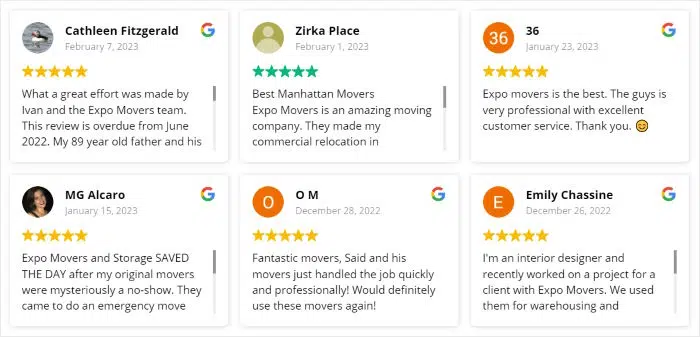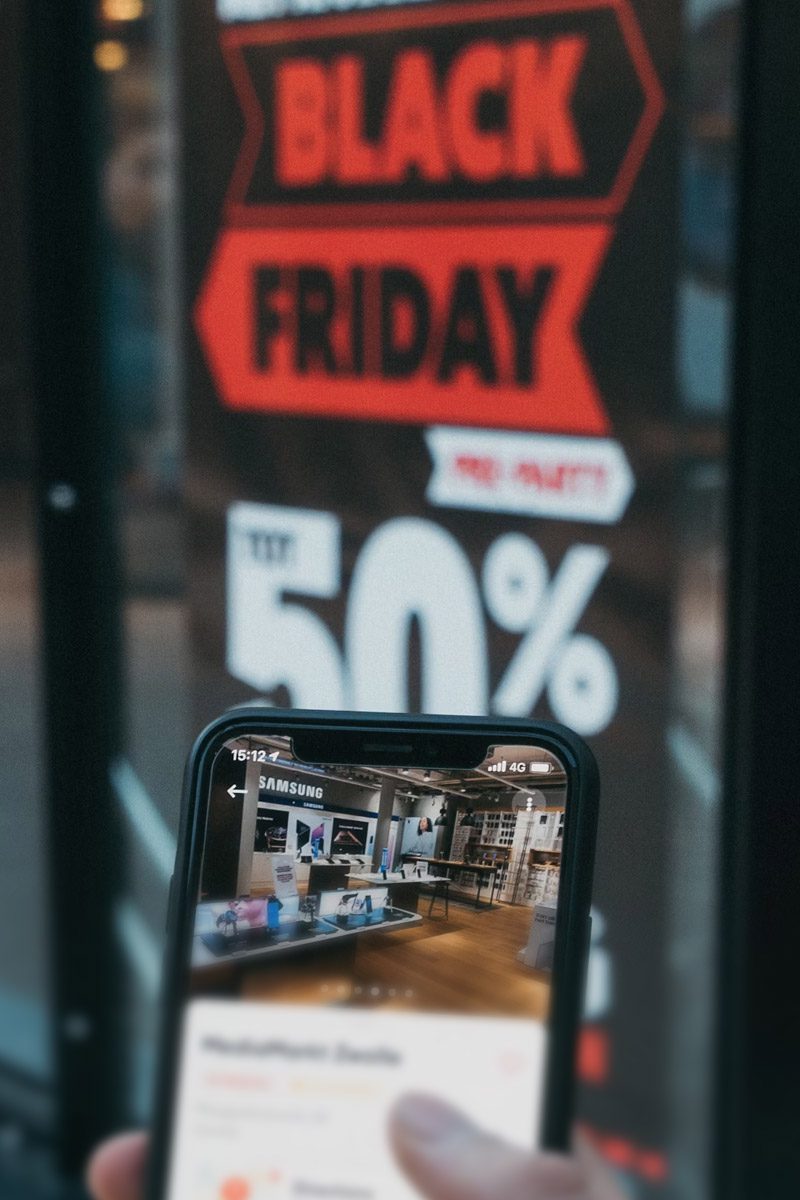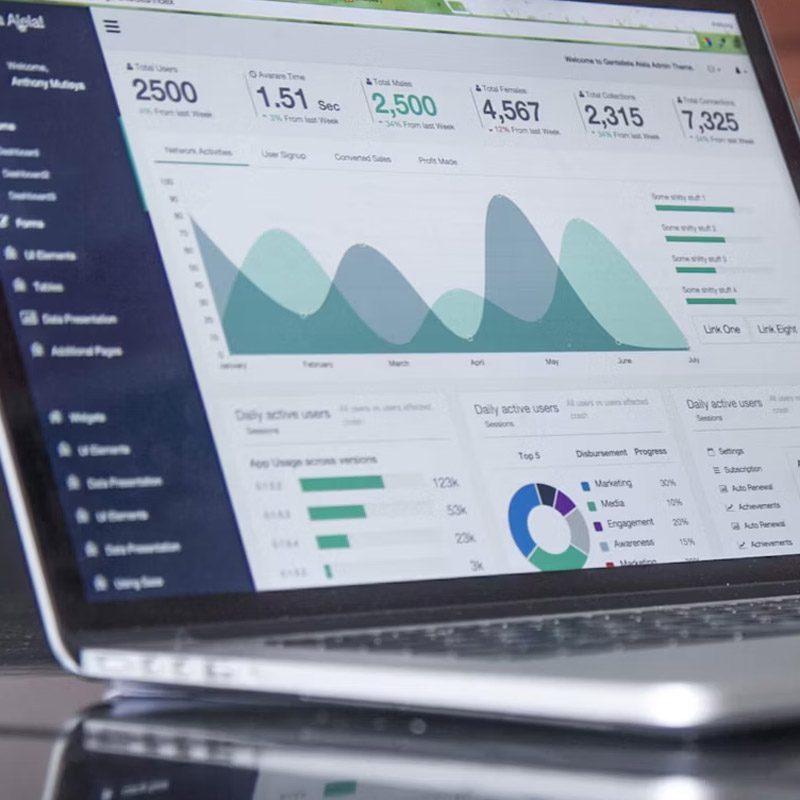Unlock Your Website Sales with Design for Conversion in Mind

Unlock Your Website Sales with Design for Conversion in Mind
Your website isn’t just about keeping on brand; it’s about driving website sales conversions and fostering growth.
To harness your website’s full potential, it’s essential to approach design and development with a strategic focus on conversion optimization. We’d like to share how we approach website design with sales conversions in mind, all while optimizing for search engine visibility. Here are the topics we’ll cover.
Click any topic below to skip to that section or read the entire article.
Understanding the Conversion Journey
Conducting Keyword Research
Crafting Compelling Content
Designing for User Experience (UX)
Conversion-Focused Design Elements
Optimizing for Local SEO
Monitoring and Iterating
Understanding the Conversion Journey
Before designing a website, it’s crucial to understand your target audience’s conversion journey. Start by identifying your ideal customer personas and mapping their path from initial awareness to purchasing. By understanding their needs, pain points, and decision-making process, you can tailor your website design to seamlessly guide them through each stage of the buyer’s journey. Here is an example journey:
Awareness Stage
Interest Stage
Consideration Stage
Decision Stage
Conversion Stage
Post-Purchase Stage
Conducting Keyword Research
Keyword research is the cornerstone of effective sales SEO and conversion. Start by identifying relevant keywords and phrases that potential customers will likely use when searching for products or services like yours. Tools like Moz, Google Keyword Planner, SEMrush, and Ahrefs can help uncover valuable insights into search volume, competition, and user intent. Incorporate these keywords strategically throughout your website’s content, metadata, and headings to enhance search engine visibility and attract people looking for your offering.
There are many things to consider besides what keywords people are searching for, however. If you are in a highly competitive market such as real estate, adding these keywords to your site may work but may rank on secondary search result pages.
Finding a smaller and less crowded niche may yield better keyword conversion. An example could be ‘real estate for newlyweds’ or ‘starter homes.’ Monitoring and interating (see below) will help you decide which keywords work the best for your website.
Crafting Compelling Content
Content is king. It has been since the earliest websites for engaging visitors and driving conversions. The best way to accomplish this goal is to create original, high-quality, informative, and helpful content that resonates with your target audience and addresses their needs (or pain points).
Robust product descriptions, informative blog posts (like this one), relatable case studies, and even gushing client testimonials (which research has proven to increase conversions dating back to the 1930s) ensure that your content is relevant, valuable, and optimized for both users and search engines. Incorporate keywords naturally while focusing on providing solutions and building trust with your audience.
An example is our own ‘hosting and support‘ page.
- The page title uses keywords important to reach our best clients: Locally Managed WordPress Hosting and Support.
- The introduction adds details with additional helpful and descriptive content while using keywords: Gain peace of mind regarding security, updates, stability, support, questions, and more. Blue Zoo has provided managed website hosting and support in Northwest Arkansas for over fifteen years. Choose the plan below for the best solution for your business and keep your website secure, current, and supported.
- The content of the page adds even more specific content about the services with explanations and choices.
- The end offers a buying decision point with a contact form to make it easy for those needing our services.
Designing for User Experience (UX)
How your website user experiences your website plays a pivotal role in conversion. Your website should be intuitive, visually appealing, and easy to navigate across all devices and screen sizes. Some attributes that you need to pay attention to such as page load speed, mobile responsiveness, and clear calls-to-action (CTAs) to make the experience smooth and easy. A user-friendly website not only enhances engagement but also instills confidence and trust in potential customers, leading to higher conversion rates.
An experienced designer who knows how people use your website can save you time, effort, research, and guesswork. Color psychology, brand awareness, and how to guide a user towards a decision point are all part of a great design for a user’s website experience.
Conversion-Focused Design Elements
Every element of your website should serve a purpose in guiding visitors towards conversion. This includes prominent CTAs, persuasive product images, social proof elements (like customer reviews and trust badges), and strategic design elements that encourage action and instill confidence in your brand. The Seven Principles of Conversion-Centered Design is an original framework for creating high-converting campaigns by Oli Gardner, the Co-Founder of Unbounce. The idea is to do the following for any campaign, which applies to a website as well.
- Create Focus
- Build Structure
- Stay Consistent
- Show Benefits
- Draw Attention
- Design for Trust
- Reduce Friction
Finally, A/B testing different variations can help identify which elements resonate best with your audience and drive the highest conversion rates.
Optimizing for Local SEO
If your business serves a local or regional audience, optimizing your website for local search can drive more foot traffic and increase sales. Make sure your website includes accurate and up-to-date business information, such as your address, phone number, and operating hours.
Leverage local keywords to improve visibility in local search results. If you haven’t done so already, claim and optimize your Google My Business listing. Lastly, create a plan to encourage satisfied customers to leave reviews. This can boost your online reputation and attract even more local customers.

Monitoring and Iterating
The work doesn’t stop once your website is live.
Continue to monitor key metrics, such as traffic, engagement, and conversion rates, to measure the effectiveness of your design and optimization efforts.
Use tools like Google Analytics and heatmaps such as Aurora Heatmap to track user behavior and spot areas for improvement. This process of updating and iterating your website based on data-driven information ensures ongoing optimization and maximizes sales conversions over time.
Approaching website design with a strategic focus on conversions and SEO creates a powerful online platform that not only attracts visitors but also drives sales. Your keyword research, compelling content, user-centric design, and ongoing optimization make each step crucial in maximizing your website’s potential as a revenue-generating asset. Follow the above mentioned strategies and stay attuned to your audience’s evolving needs. By doing this, you can unlock the full sales potential of your website and drive growth for your business.

Need Help?
Modern websites are a lot of work. Blue Zoo has been designing and building WordPress websites locally in Northwest Arkansas for over fifteen years (and for clients around the globe as well). Contact us today to see if we can help you achieve your goals and...









